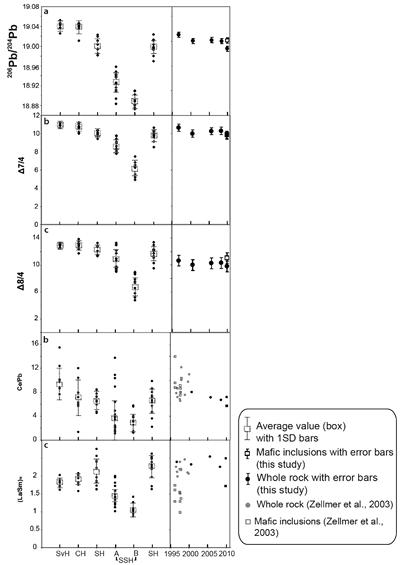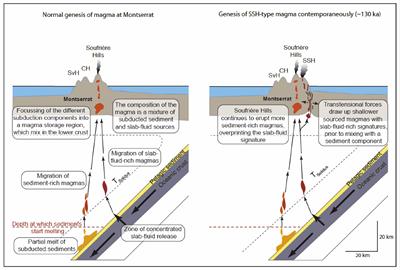Research project: Development of a volcano – Tracking the evolution of Montserrat, Lesser Antilles.
The Soufriere Hills volcano on Montserrat has been continuously active since 1995. In this time activity has been characterised by andesitic dome growth and collapse events, producing pyroclastic flows and vulcanian eruptions. However, little is known about earlier volcanism on Montserrat, which extends back 2.5 million years.


